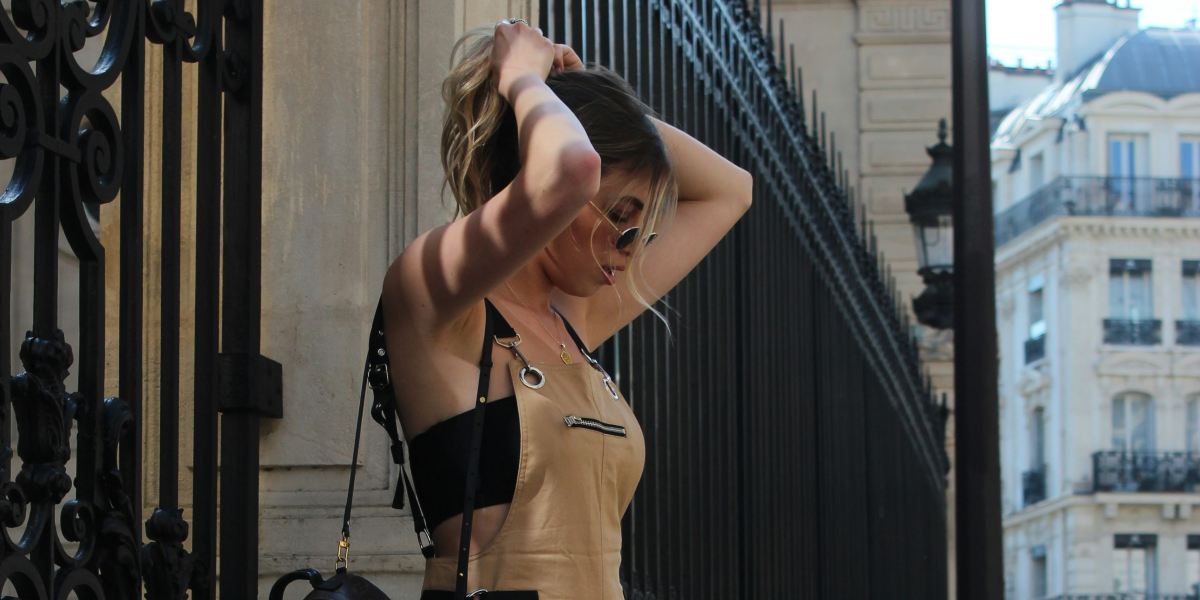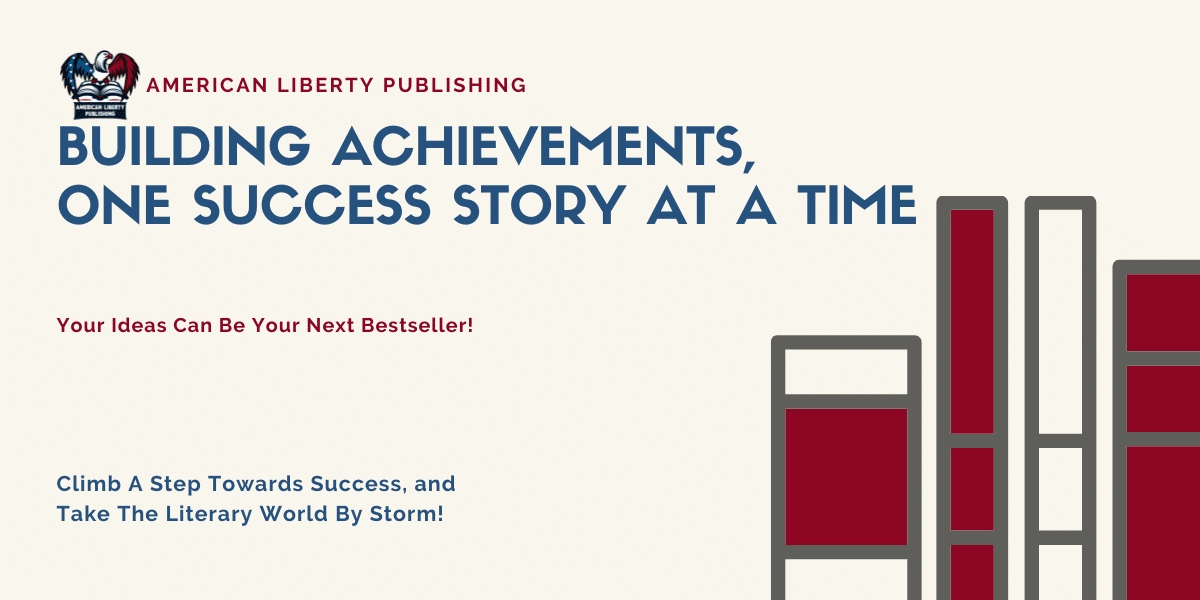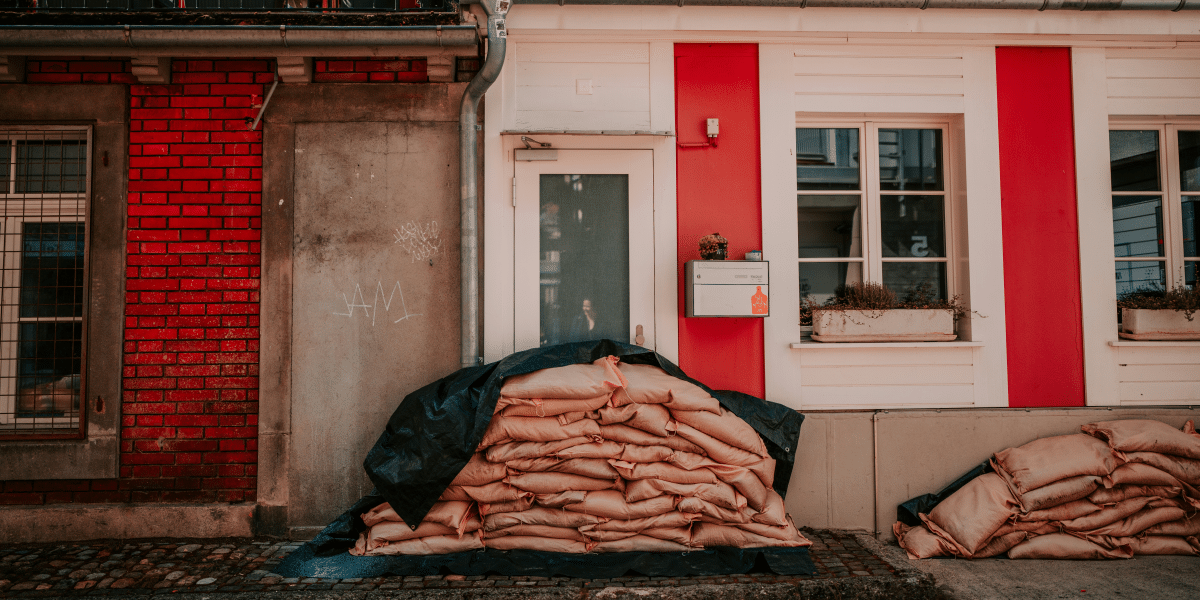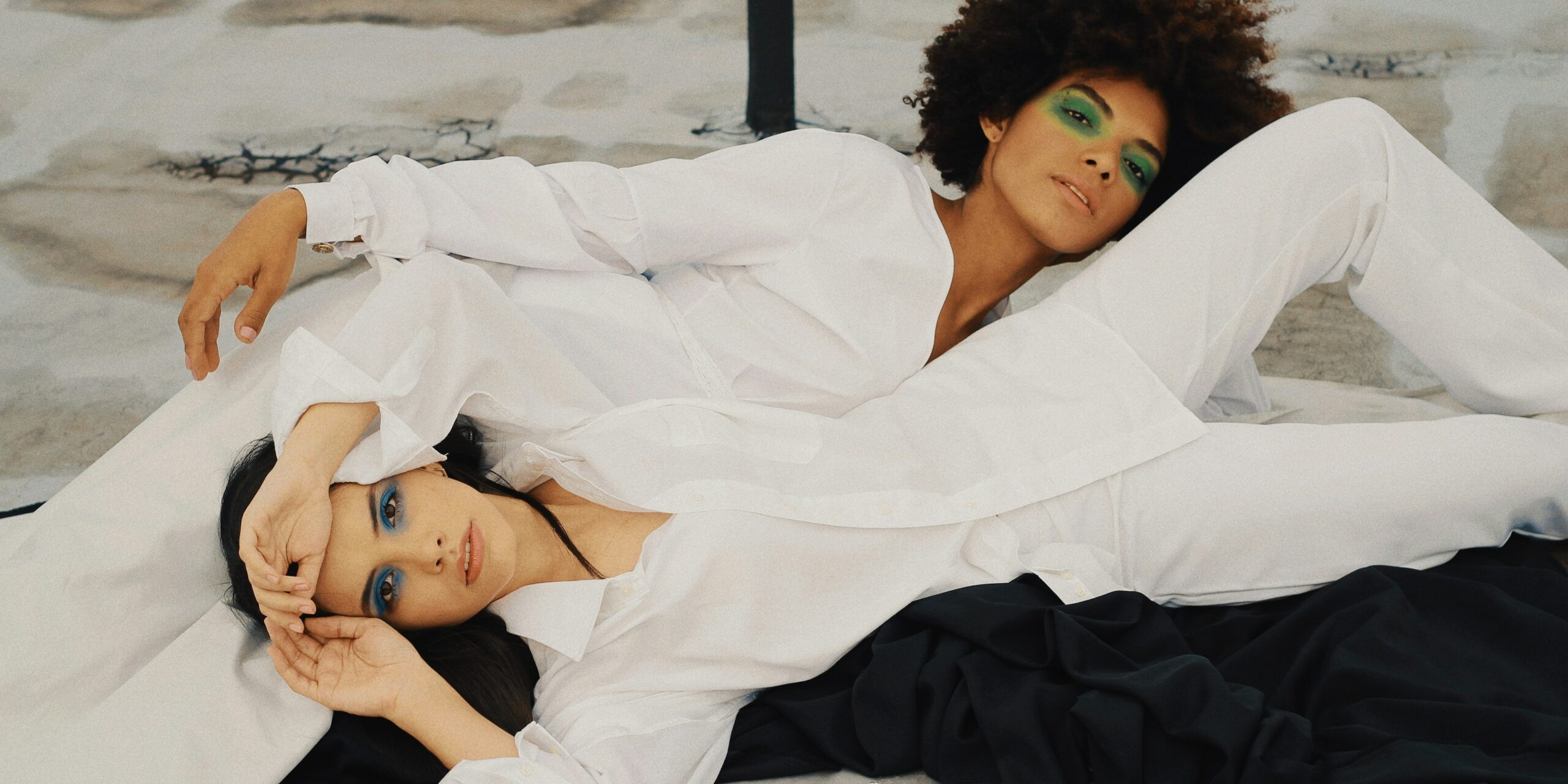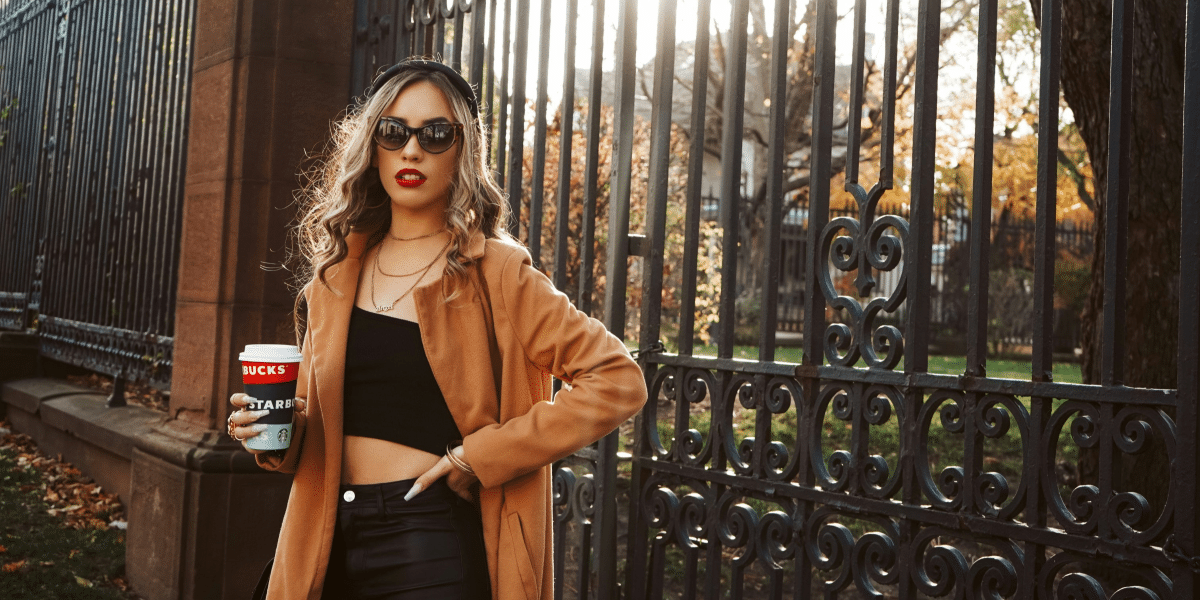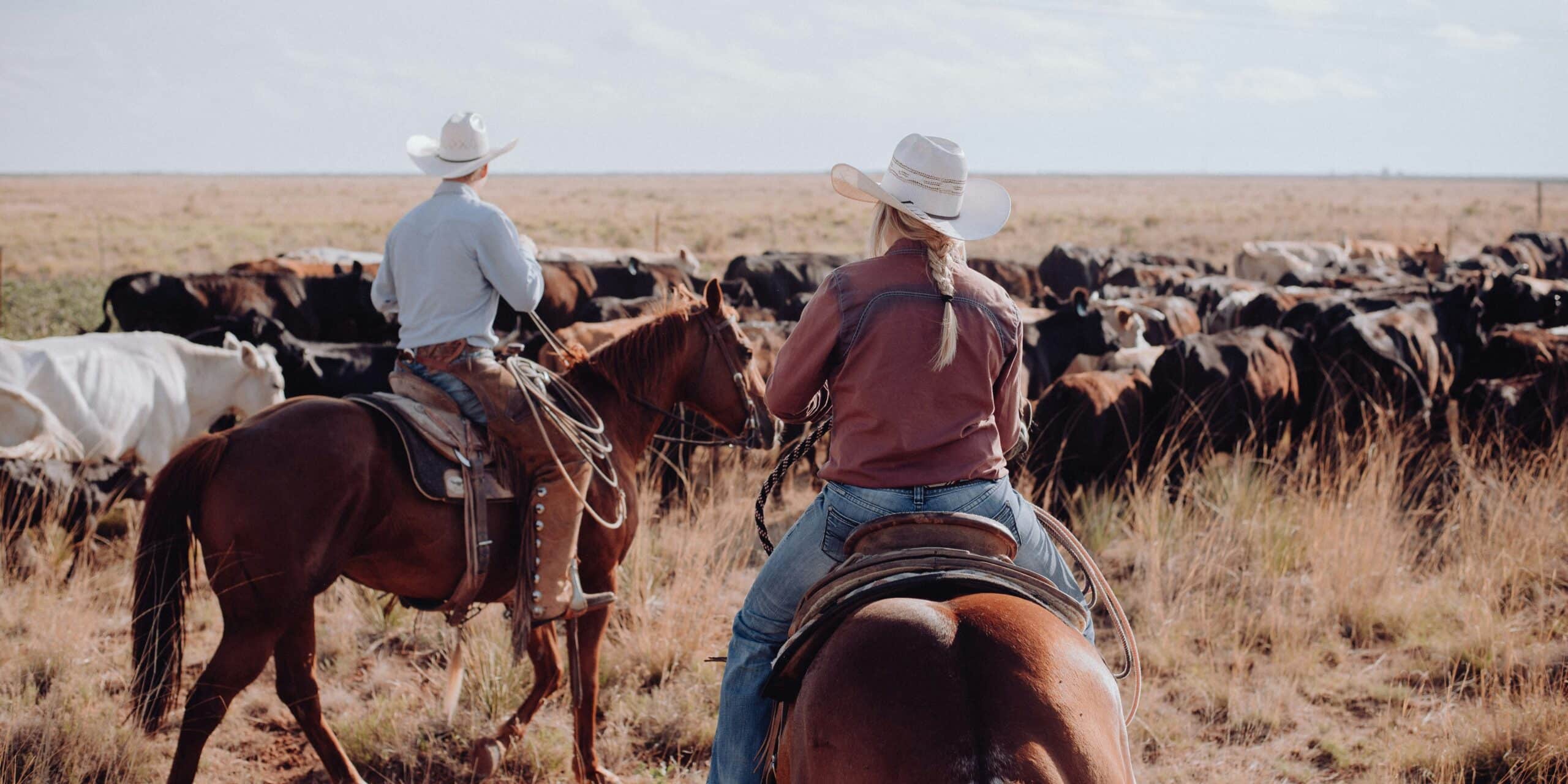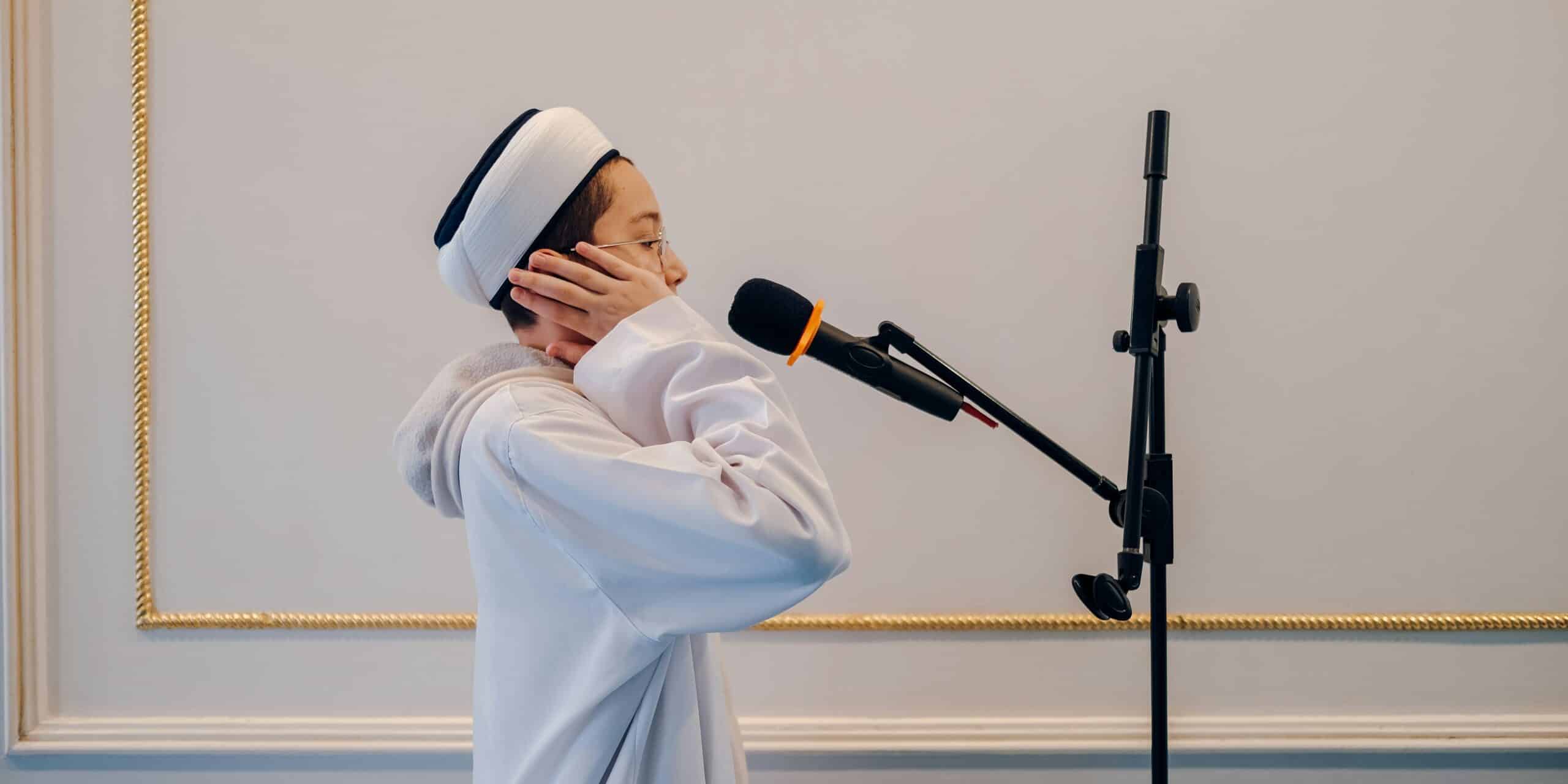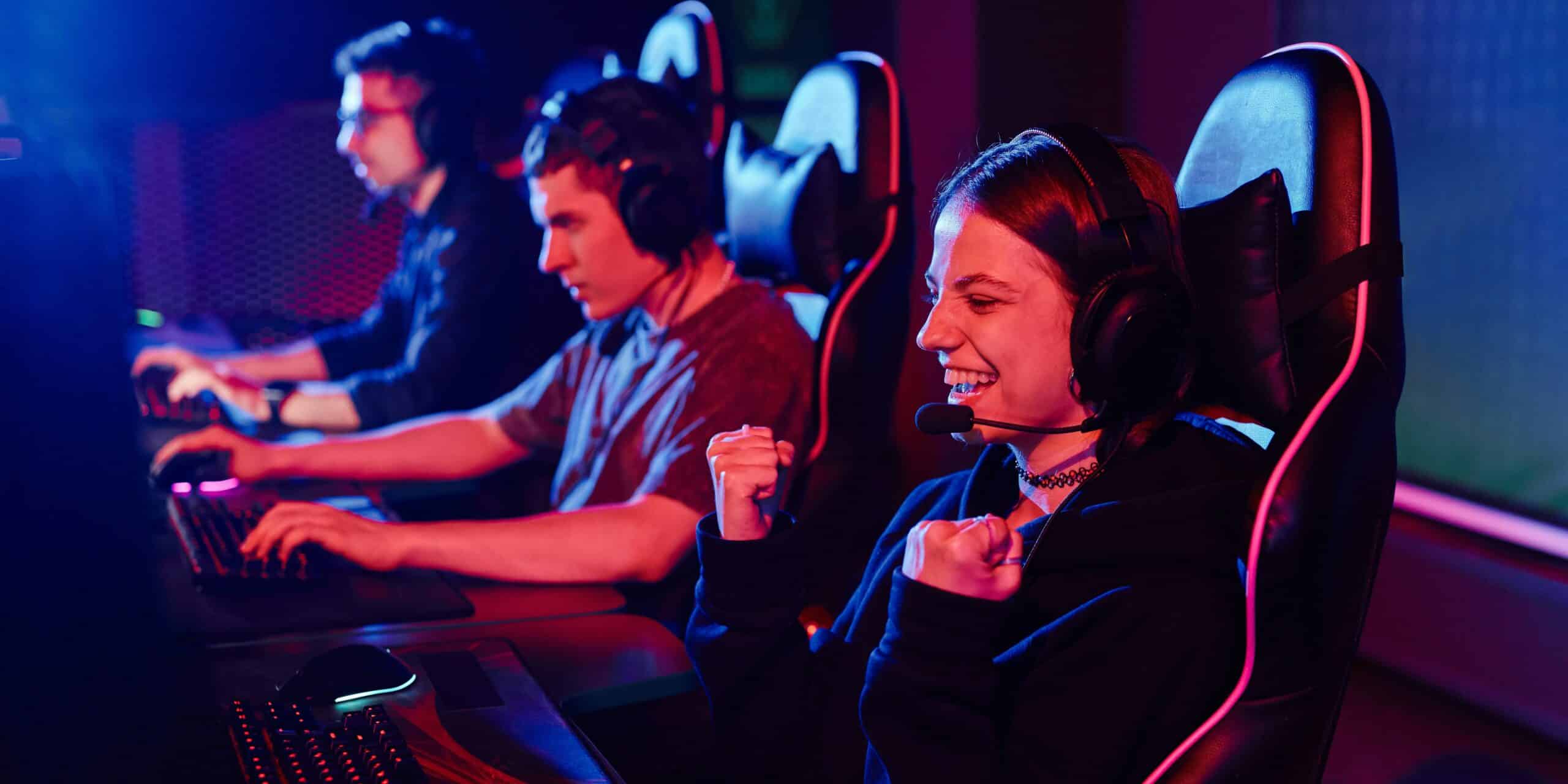The Power of Costume Design
Have you ever wondered why certain movie characters stick in your mind long after the credits roll? It’s not just the plot or the actors; it’s often the brilliant work of costume designers that creates a visual feast for our eyes. In the world of cinema, fashion isn’t just about looking good – it’s a storytelling tool that adds layers to the narrative and influences real-world trends.
Costume designers play a crucial role in bringing characters to life. Imagine James Bond without his tailored suits or Dorothy from “The Wizard of Oz” without her iconic ruby slippers. The right costume can elevate a character, making them memorable and instantly recognizable.
In many cases, costumes aren’t just clothes; they are extensions of the characters’ personalities. The sleek leather jacket worn by a rebellious hero, the elegant gown of a sophisticated leading lady – these choices aren’t arbitrary. They are intentional decisions made by skilled costume designers to convey traits and emotions without uttering a single line.
Storytelling Through Fabric and Color
Costumes serve as a silent language, communicating information about a character’s background, status, and even their journey. A character’s evolution throughout a film can be traced through their changing wardrobe. Whether it’s a rags-to-riches transformation or a descent into darkness, costumes act as visual markers of a character’s arc.
Colors, too, play a significant role. A villain in dark, ominous attire may evoke a sense of foreboding, while a hero in vibrant hues can symbolize hope and optimism. Costume designers use these visual cues to guide the audience’s emotions and enhance the overall cinematic experience.
Impact on Fashion Trends
Beyond the silver screen, the influence of film costumes extends to the real world. Remember Audrey Hepburn’s iconic little black dress in “Breakfast at Tiffany’s”? That dress not only defined a moment in cinematic history but also became a timeless fashion statement. People often look to movies for style inspiration, and costume designers have the power to shape and set trends that resonate globally.
Fashion designers frequently collaborate with filmmakers, creating a symbiotic relationship between the worlds of cinema and style. The runway becomes a stage for translating on-screen fashion into wearable art, making the magic of the movies accessible to everyday wardrobes.
Timeless Examples
Some films stand out as timeless examples of the seamless integration of costume design with storytelling. Consider the fantasy world of “The Lord of the Rings,” where the elaborate costumes not only reflected the diverse cultures within the story but also showcased the attention to detail that brought J.R.R. Tolkien’s vision to life.
In the realm of contemporary cinema, the Marvel Cinematic Universe is a prime example. Each superhero’s costume is meticulously crafted to align with their character traits and narrative arc. The result? Iconic looks that resonate with audiences and transcend the confines of the screen.
Costume design is more than just selecting clothes for characters; it’s a form of visual storytelling that enhances the cinematic experience. From conveying emotions to influencing fashion trends, the impact of costumes goes beyond what meets the eye. The next time you watch a movie, pay attention to the attire of your favorite characters – you might discover a whole new layer of storytelling magic.

